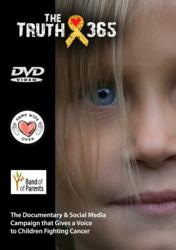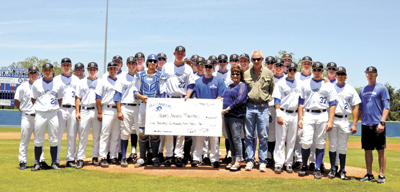Hepatoblastoma is a solid tumor cancer of the liver. This primary liver tumor which accounts for half of all liver tumors in children is rare with approximately 50 to 70 new cases diagnosed in the United States each year. It occurs slightly more often in boys than girls.
Like most childhood cancers, scientists do not know the cause of this disease. Some children however are at an increased risk of being diagnosed with hepatoblastoma due to other genetic conditions. These include: Beckwith-Wiedemann syndrome, familial adenomatous polyposis, and Aicardi syndrome.
Hepatoblastoma is predominantly found in preschool aged children. Half of all patients are diagnosed in their first year of life, with the majority of patients being diagnosed by their third birthday.
Diagnosis and treatment monitoring can be done using X-ray, CT scan, MRI, scan and/or ultrasound
Like most childhood cancers, scientists do not know the cause of this disease. Some children however are at an increased risk of being diagnosed with hepatoblastoma due to other genetic conditions. These include: Beckwith-Wiedemann syndrome, familial adenomatous polyposis, and Aicardi syndrome.
Hepatoblastoma is predominantly found in preschool aged children. Half of all patients are diagnosed in their first year of life, with the majority of patients being diagnosed by their third birthday.
Diagnosis and treatment monitoring can be done using X-ray, CT scan, MRI, scan and/or ultrasound
Symptoms of Hepatoblastoma
Symptoms at diagnosis can include:- abdominal lump or mass often located in the upper right side or middle of the abdomen
- loss of appetite, nausea, abnormal weight loss, diarrhea
- changes in the skin color: jaundice evidenced by yellow tone to the skin and whites of the eyes
- general itching
- fever, irritability, listlessness
- abdominal pain
































